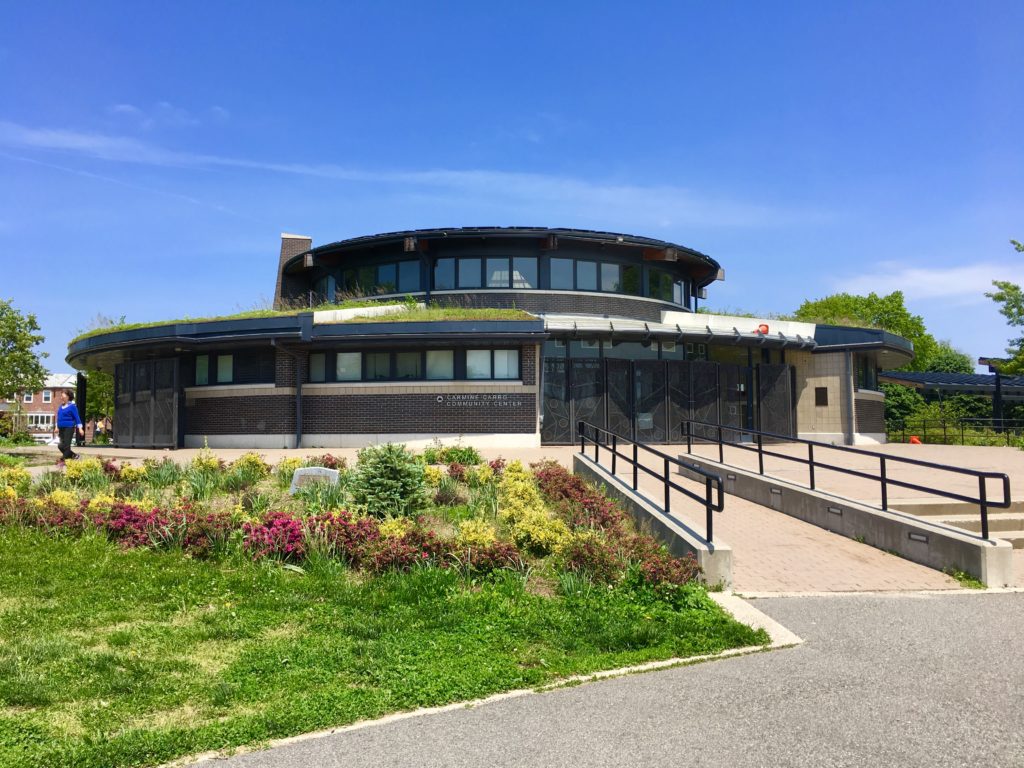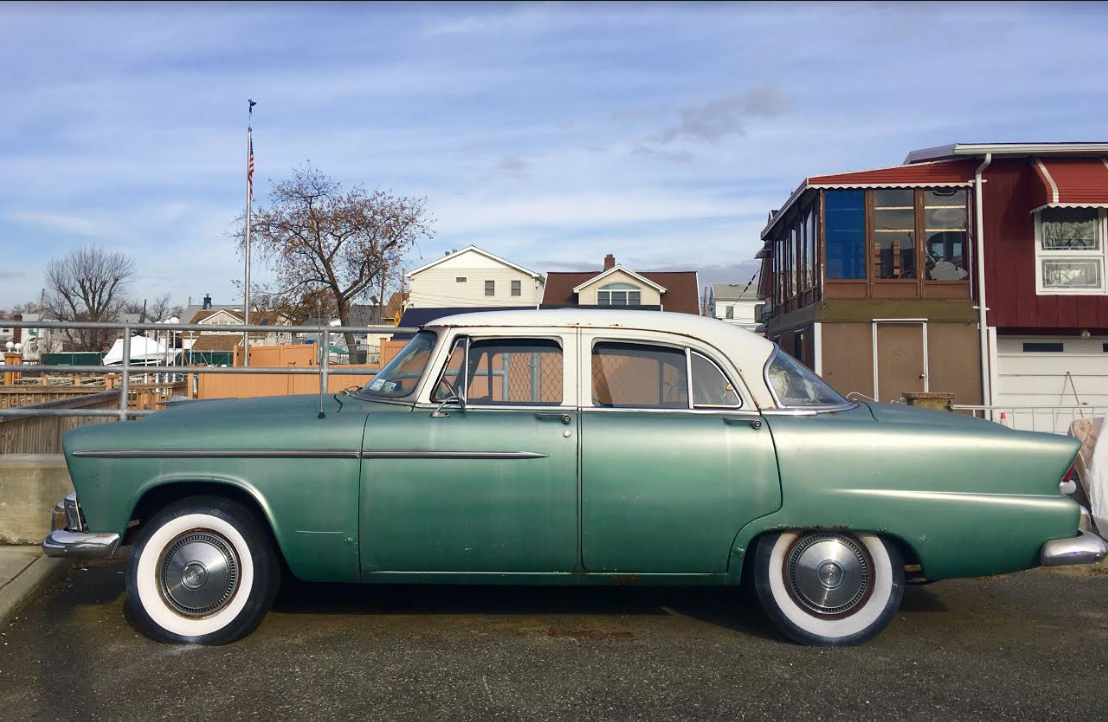A new trail shows off Marine Park’s wild side

Welcome to Brooklyn’s largest park — Marine Park. Eagle photo by Lore Croghan
Brooklyn’s biggest park has a new two-mile loop trail and more than 7,000 new native trees and shrubs.
On Sunday, State Assemblymember Jaime Williams, officials from the city Parks Department and three conservancy groups celebrated the completion of a four-year fix-up at 798-acre Marine Park.
Marine Park, which is nearly as large as Manhattan’s Central Park, holds ecological significance in part because of its coastal maritime forests, which are a habitat for migrating birds.
